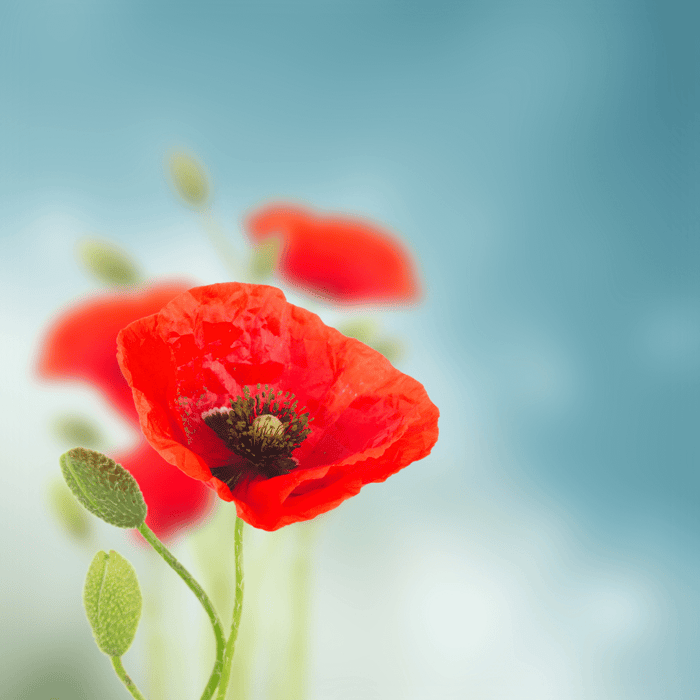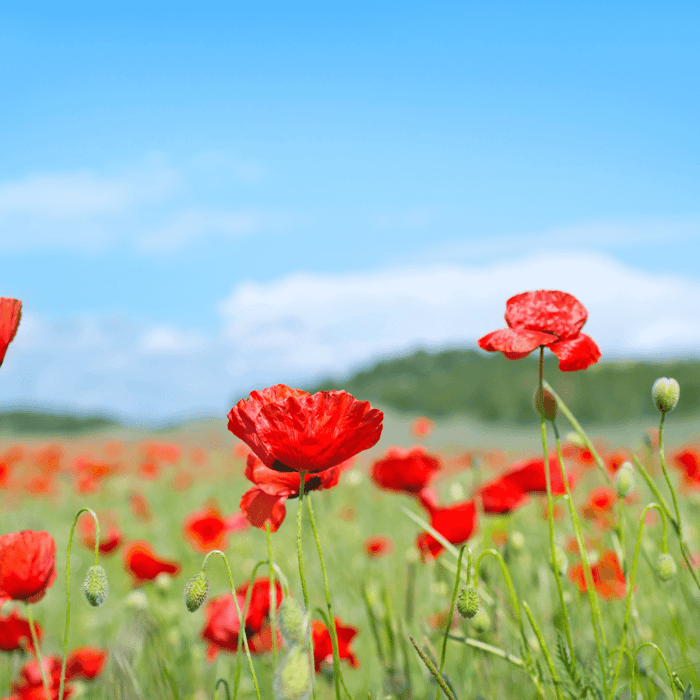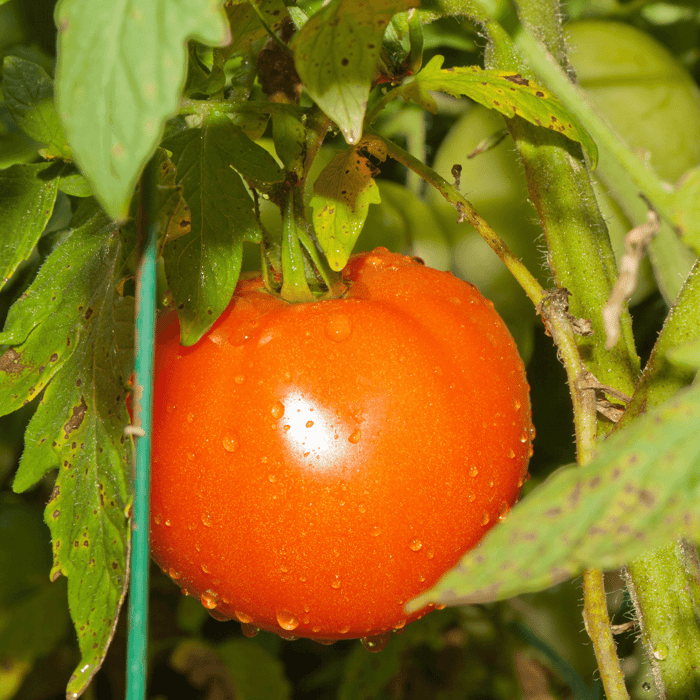Hello fellow gardeners! I'm an avid gardener who loves growing all types of flowers, including poppies. Poppies are a beautiful addition to any flower garden, and harvesting poppy seeds can be enjoyable and rewarding. In this in-depth guide, I'll be sharing my tips and techniques on how to harvest poppy seeds from your garden. Poppy seeds are such happy flowers to plant in flower beds and gardens. They add so much color, height, and flare, so learn how to save the seeds so you can grow beautiful poppies year after year!
Table of Contents
- Introduction to Poppy Flowers
- The Types of Poppies: Annual and Perennial
- When to Harvest Poppy Seeds
- Harvesting Poppy Seeds: Step-by-Step Guide
- Storing Your Harvested Poppy Seeds
- Planting Poppy Seeds for a Beautiful Flower Garden
- Common Problems and Troubleshooting Tips
- Conclusion and Additional Resources
1. Introduction to Poppy Flowers
Poppies are beautiful, vibrant, and poppy flower seeds can be found in various colors, including red, orange, yellow, pink, and white. They belong to the Papaveraceae family and are popular among gardeners for their striking appearance and easy cultivation. There are annual and perennial varieties, making them suitable for various flower gardens.
Some popular poppy species include:
- Oriental Poppy (Papaver orientale)
- California Poppy (Eschscholzia californica)
- Corn Poppy (Papaver rhoeas)
- Opium Poppy (Papaver somniferum)
Red Corn Poppy Seeds
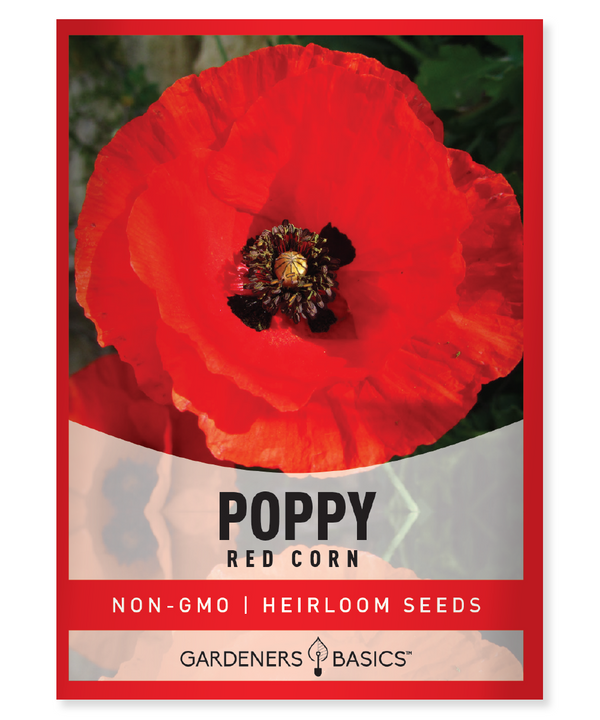
$2.49
Red Corn Poppy Seeds - Heirloom, Non-GMO, Open-Pollinated Grow the iconic Red Corn Poppy (Papaver rhoeas) in your garden with our premium-quality, heirloom, non-GMO, non-hybrid, and open-pollinated seeds. This stunning wildflower, also known as Flanders Poppy or Field Poppy, brings… read more
2. The Types of Poppies: Annual and Perennial
Before discussing how to harvest poppy seeds, it's essential to know the two main types of poppies: annual and perennial.
Annual poppies are plants that complete their life cycle in one growing season. They grow, flower, produce seeds, and die within a year. Examples of annual poppies include Corn Poppy and California Poppy.
Perennial poppies come back every year, growing from the same root system. They typically have a more extended blooming period and require less maintenance than annual poppies. Oriental Poppy is an example of a perennial poppy.
3. When to Harvest Poppy Seeds
Timing is crucial when it comes to harvesting poppy seeds. The ideal time to harvest poppy seeds is in early summer after the poppies bloom and their seed pods turn brown. Keep an eye on the seed pods, which will change from green to brown as they mature.
4. Harvesting Poppy Seeds: Step-by-Step Guide
Now that you know when to harvest poppy seeds, let's dive into the step-by-step process:
Step 1: Wait for the Seed Pods to Mature
Patience is vital when it comes to harvesting poppy seeds. Monitor the seed pods as they turn brown and dry out. The pod's top will open up, revealing tiny holes through which the seeds can escape.
Step 2: Collect the Seed Pods
Gently snip the seed pods off the plant using sharp scissors or pruning shears. Collect them in a paper bag or a container to avoid losing seeds.
Step 3: Remove the Seeds from the Pods
Place the seed pods on a flat surface, such as a tray or a baking sheet. Carefully break open the pods and shake out the poppy seeds. You can use a small brush or your fingers to help dislodge the seeds.
Step 4: Separate the Seeds from the Chaff
Once you have removed the poppy seeds from the pods, you'll need to separate the seeds from the chaff (the dry, protective casing surrounding the seeds). To do this, place the seeds and chaff in a large bowl and gently blow on them. The lightweight chaff should separate from the heavier seeds. You can also use a fine mesh sieve to separate the seeds from the chaff.
Step 5: Clean the Poppy Seeds
Before storing your poppy seeds, cleaning them to remove any remaining debris is essential. Place the seeds in a fine mesh sieve and gently rinse them with cold water. Make sure to drain the water thoroughly.
Step 6: Dry the Poppy Seeds
Spread the cleaned poppy seeds on a clean, dry towel or a piece of parchment paper. Allow them to air-dry completely, which may take several hours or up to a day, depending on the humidity level. Ensure the seeds are thoroughly dry before storing them to prevent mold growth.
5. Storing Your Harvested Poppy Seeds
Proper storage is crucial to maintaining the viability of your harvested poppy seeds. Store the seeds in a cool, dry place away from direct sunlight. Place the seeds in an airtight container, such as a glass jar or a ziplock bag, to keep out moisture and pests. Label the container with the poppy variety and the date of harvest. Poppy seeds can remain viable for several years when stored correctly.
California Poppy Seeds
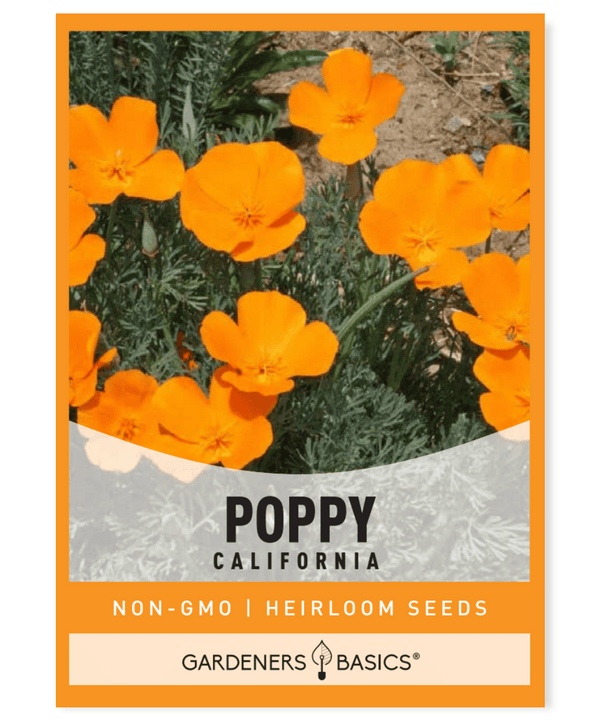
$2.49
California Poppy Seeds - Heirloom, Non-GMO, Non-Hybrid, Open-Pollinated Grow a stunning display of vibrant California poppies (Eschscholzia californica) with our premium heirloom, non-GMO, non-hybrid, and open-pollinated seeds! Perfect for gardeners seeking low-maintenance, pollinator-friendly blooms, these iconic wildflowers thrive in sunny… read more
6. Planting Poppy Seeds for a Beautiful Flower Garden
When it's time to plant your poppy seeds, follow these steps for a successful flower garden:
- Choose a planting location with well-draining soil and total sun exposure.
- Prepare the soil by loosening it and removing any weeds or debris.
- Scatter the poppy seeds evenly over the planting area.
- Lightly rake the soil to cover the seeds, ensuring they are no more than 1/4 inch deep.
- Water the planting area gently and maintain consistent moisture until the seeds germinate.
- Once the seedlings are established, thin them to their recommended spacing to promote healthy growth.
7. Common Problems and Troubleshooting Tips
While poppies are generally low-maintenance, they can experience a few common problems:
- Poor germination: Poppies require light to germinate, so ensure the seeds are not buried too deep. Also, maintain consistent moisture levels in the soil during germination.
- Leggy seedlings: Leggy seedlings are often a result of insufficient light. Move the plants to a sunnier location or provide supplemental light if growing indoors.
- Pest issues: Aphids and spider mites may infest poppies. To control these pests, spray the plants with water and a few drops of dish soap. Consider using a neem oil solution or insecticidal soap if the problem persists.
8. Conclusion and Additional Resources
Harvesting poppy seeds from your flower garden is a rewarding and enjoyable process. With this in-depth guide, you'll be well-equipped to harvest, store, and plant poppy seeds for a beautiful and thriving flower garden. For more gardening tips and resources, visit www.gardenersbasics.com.
Happy flower gardening!



